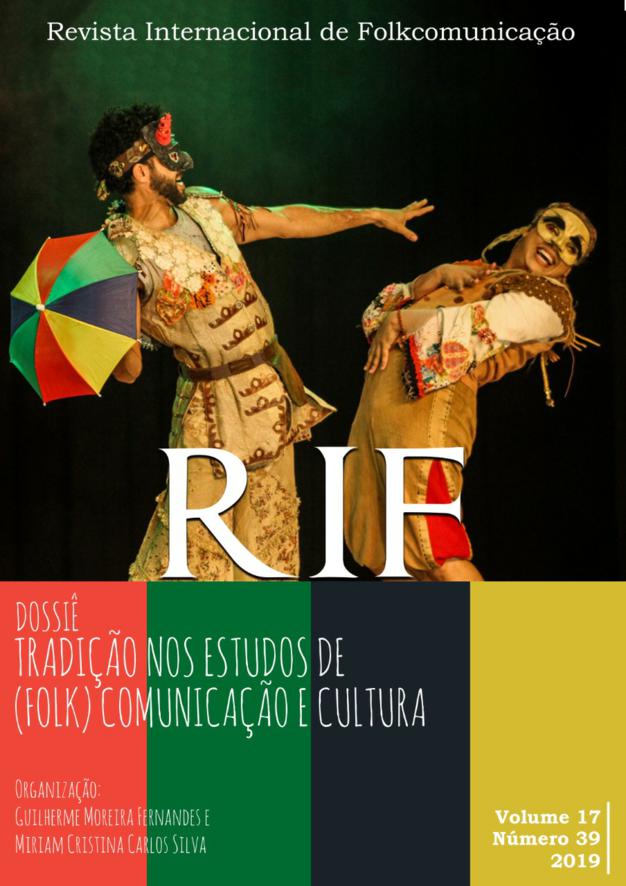Samba, its tradition and the transposition to the infant - juvenile public: analysis of The Adventures of Poliana ( As Aventuras de Poliana, SBT) from the perspective of folk communication
DOI:
https://doi.org/10.5212/RIF.v.17.i39.0004Abstract
Samba, characterized as a folkcommunication process, perpetuates a tradition and configures itself as a mark of Brazilian cultural identity. Samba-derived narratives, however, have advanced to the field of media narratives, being replicated and popularized by various media and platforms, such as television. In a contemporary context, we can see the aforementioned musical genre in telenovelas for children and pre-teens, such as As Aventuras de Poliana (SBT). This article aims to understand samba as a phenomenon of tradition and its transposition to the infant-juvenile audience, from a narrative and stylistic analysis based on melodramatic syntax. Finally, it can be seen that young people have been having easy contact with the music genre, preserving the national memory and breaking the contemporary paradigms of the recording industry. Folkcommunication; Audiovisual communication; Serial fiction; Media narratives; Samba.
Downloads
Published
How to Cite
Issue
Section
License

Este obra está licenciado com uma Licença Creative Commons Atribuição 4.0 Internacional.
Os autores são responsáveis, em qualquer que seja o formato do texto, pelas opiniões expressas ou indiretas presentes em seus respectivos trabalhos, não endossáveis pelo Conselho Editorial e pelos editores da Revista, bem como pela autenticidade do trabalho. Ao publicar trabalhos na Revista Internacional de Folkcomunicação, os autores cedem automaticamente os direitos autorais à publicação para veiculação das produções acadêmicas, sem ônus para a Revista. Os autores detêm os direitos autorais do texto para o caso de publicações posteriores e concedem à Revista Internacional de Folkcomunicação o direito de primeira publicação, com o trabalho simultaneamente licenciado sob a Creative Commons Attribution License, que permite o compartilhamento do trabalho com reconhecimento da autoria e publicação inicial nesta Revista. Por serem publicados em revista de acesso livre, os artigos são de uso gratuito, com atribuições próprias, em atividades educacionais e não-comerciais, sendo permitida a publicação simultânea em repositórios institucionais.































